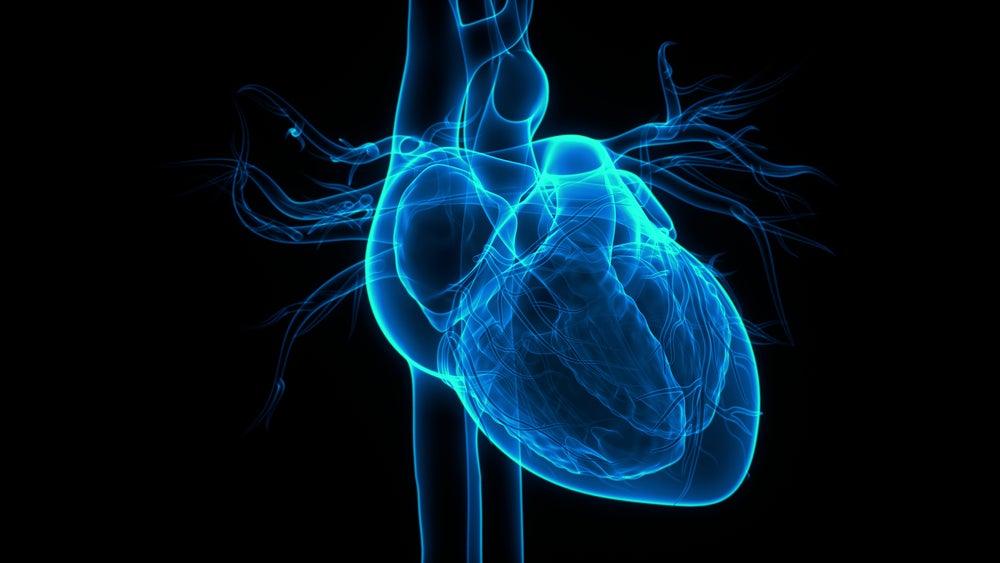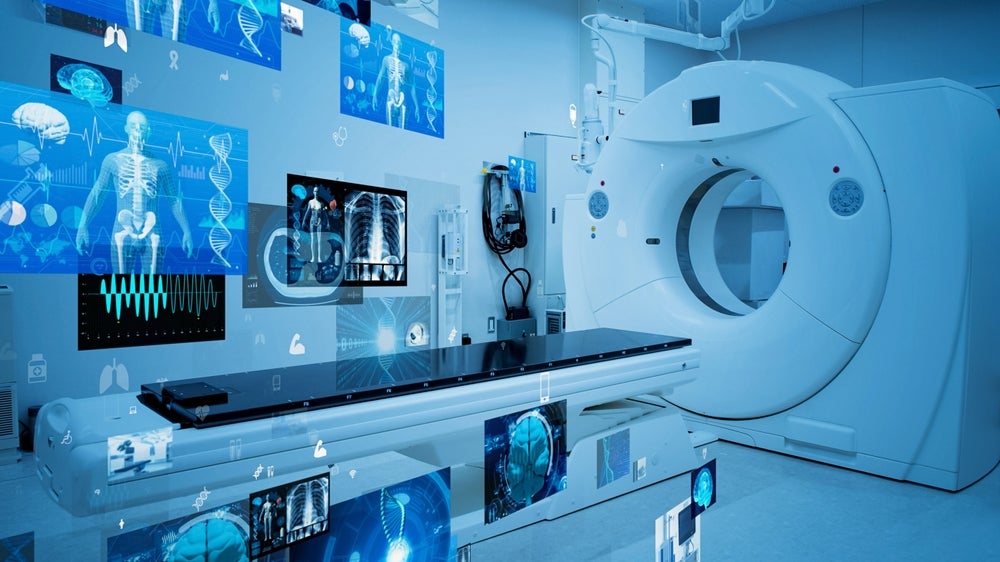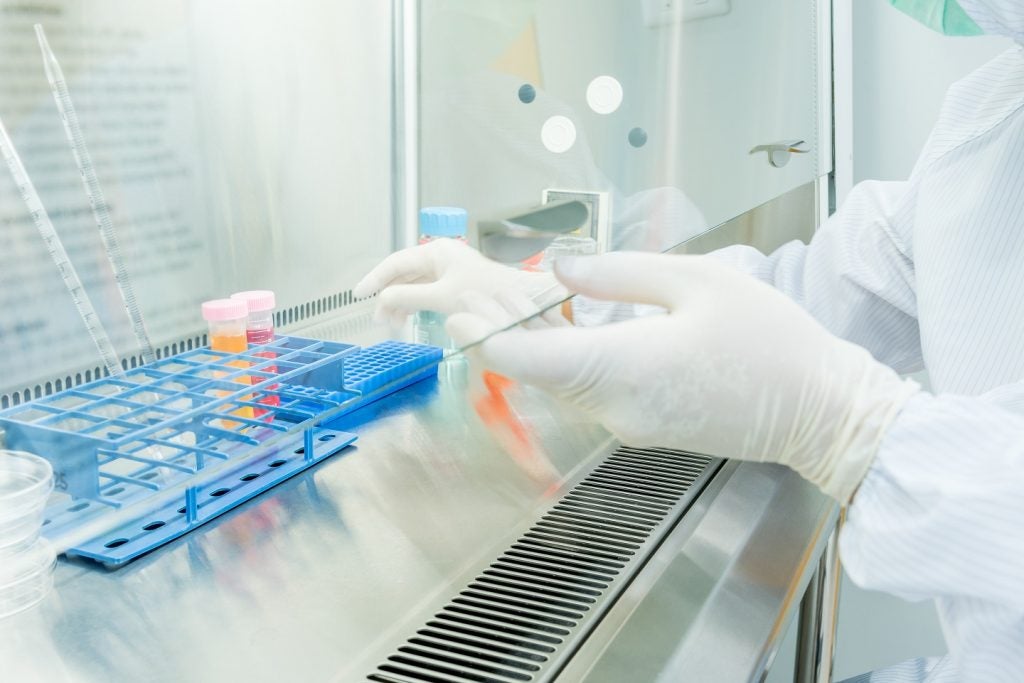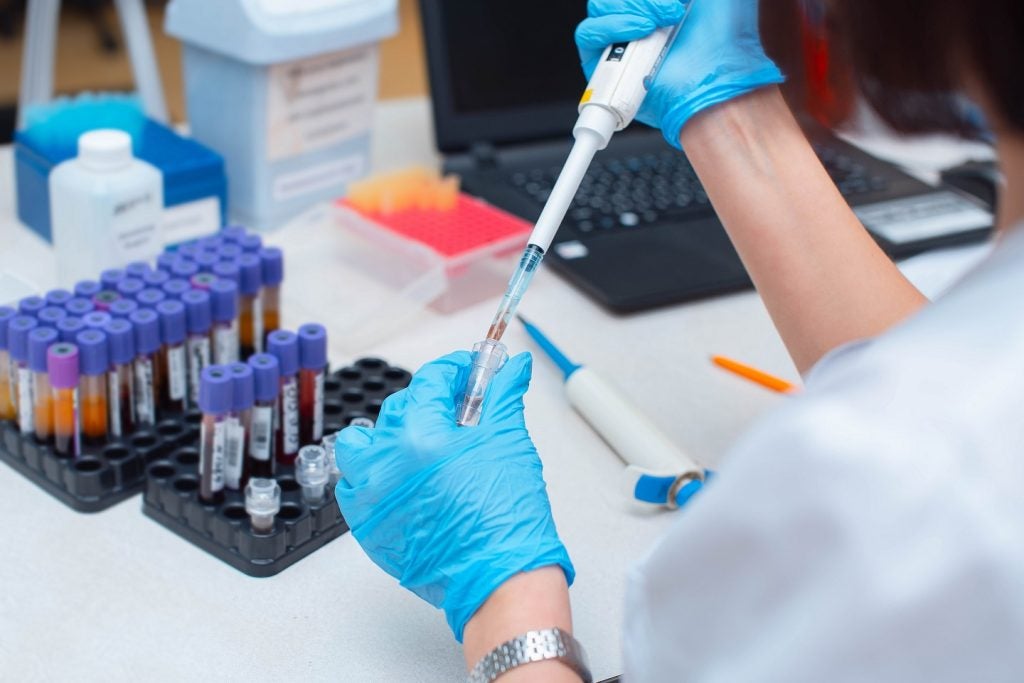Medtronic has reported positive results for its global Extravascular implantable cardioverter defibrillator (EV ICD) pivotal trial for patients at risk of sudden cardiac death.
The data from the study confirms the safety and performance of the EV-ICD system, with high anti-tachycardia pacing (ATP) success rates and effective defibrillation.
A pre-market clinical study, the EV ICD prospective, single-arm, multicentre, non-randomised pivotal trial evaluated the Medtronic EV-ICD system in the patients.
The trial involved 356 patients across 46 sites in 17 countries, with the primary results published in The New England Journal of Medicine.
The long-term findings, sustained over 18 months, revealed that ATP was successful in 77% of episodes, comparable to transvenous ATP success.
Furthermore, the EV-ICD system achieved a 100% shock success rate for terminating ventricular tachycardia/fibrillation (VT/VF) episodes.
ATP usage increased throughout the study, with 81.2% of patients having it as programmed ON at 24 months. The EV-ICD system also showed a low major complication rate and a high success rate for appropriate therapy.
Patients reported positive quality of life benefits, with fewer body image concerns and greater overall acceptance of their ICD compared to those with subcutaneous ICDs.
Medtronic is also assessing the Aurora EV-ICD system's real-world performance through the Enlighten Study.
The device, which received CE Mark and US Food and Drug Administration approval last year, is now available in 29 countries.
Medtronic cardiovascular portfolio cardiac rhythm management business chief medical officer Alan Cheng said: “The final results of the EV ICD Pivotal Trial presented at ESC 2024 underscore the longer-term benefits for patients at risk of sudden cardiac death who receive a Medtronic extravascular defibrillator.
“These findings highlight our commitment to continuing to create innovative products that allow physicians to provide device therapy with the advantages of transvenous defibrillators while remaining outside the heart and vascular space.”
















